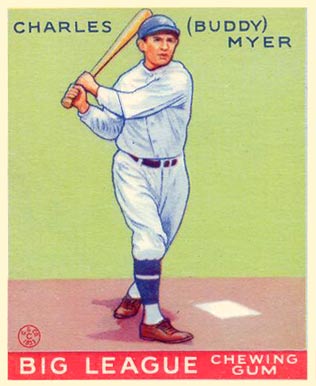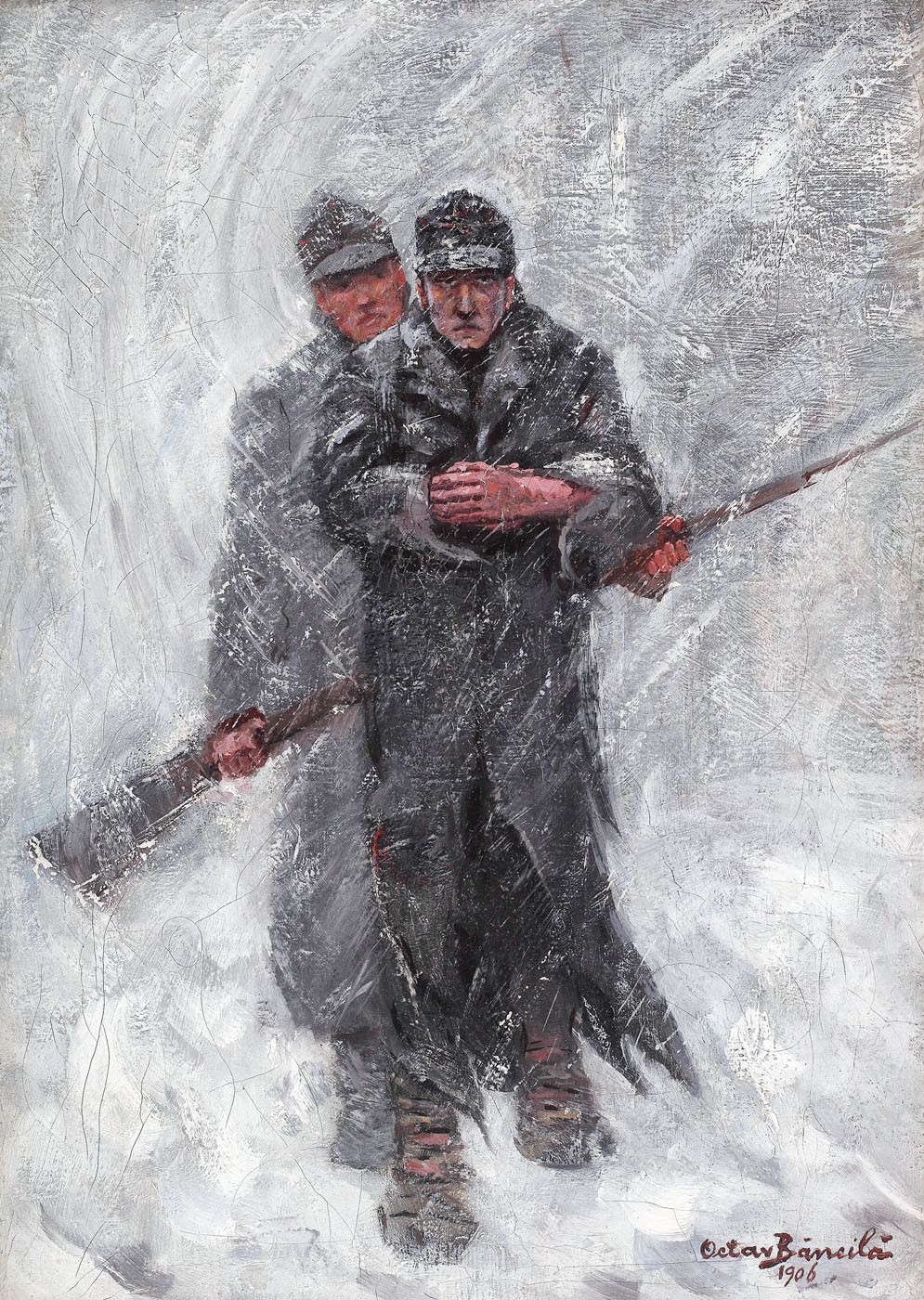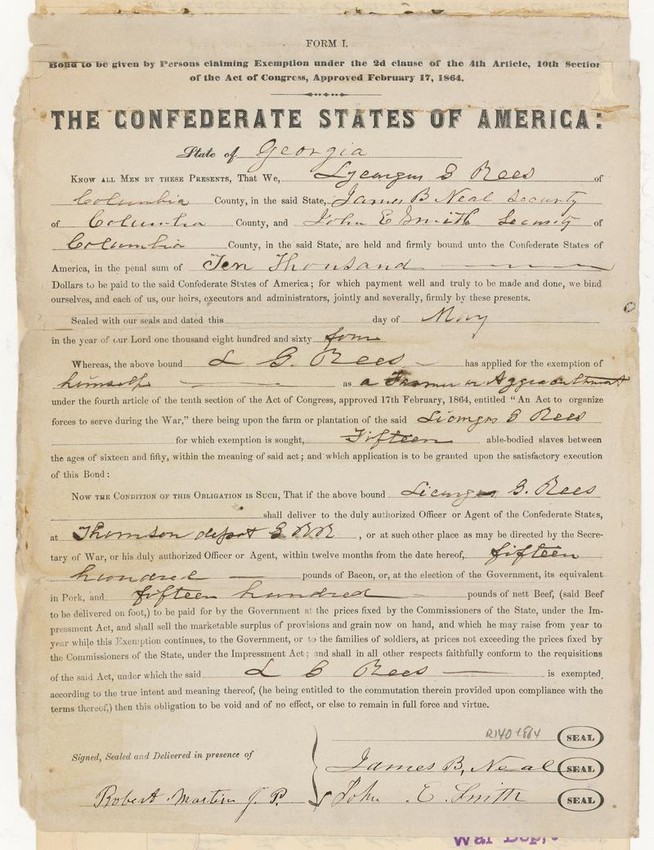|
Newton Knight
Newton Knight (November 10, 1829 – February 16, 1922) was an American farmer, soldier and Southern Unionist in Mississippi, best known as the leader of the Knight Company, a band of Confederate Army deserters who resisted the Confederacy during the Civil War. Local legends tell of Knight and his men forming the "Free State of Jones" in the area in and around Jones County, Mississippi, at the height of the war. The nature and extent of the Knight Company's opposition to the Confederate government is disputed among historians. After the war, Knight joined the Republican Party and served in Mississippi's Reconstruction government as a deputy U.S. Marshal. Knight has long been a controversial figure in the region, with people divided over his motives and actions. He and his allies developed a small mixed-race community in southeastern Mississippi. His interracial marriage with Rachel Knight was considered illegal, as Mississippi had banned interracial marriages before and afte ... [...More Info...] [...Related Items...] OR: [Wikipedia] [Google] [Baidu] |
Free State Of Jones
Jones County is in the southeastern portion of the U.S. state of Mississippi. As of the 2020 census, the population was 67,246. Its county seats are Laurel and Ellisville. Jones County is part of the Laurel micropolitan area. History Less than a decade after Mississippi became the country's 20th state, settlers organized this area of of pine forests and swamps for a new county in 1826. They named it Jones County after John Paul Jones, the early American Naval hero who rose from humble Scottish origin to military success during the American Revolution. Ellisville, the county seat, was named for Powhatan Ellis, a member of the Mississippi Legislature who claimed to be a direct descendant of Pocahontas. During the economic hard times in the 1830s and 1840s, there was an exodus of population from Southeast Mississippi, both to western Mississippi and Louisiana in regions opened to white settlement after Indian Removal, and to Texas. The slogan "GTT" ("Gone to Texas") became ... [...More Info...] [...Related Items...] OR: [Wikipedia] [Google] [Baidu] |
Yeoman
Yeoman is a noun originally referring either to one who owns and cultivates land or to the middle ranks of servants in an English royal or noble household. The term was first documented in mid-14th-century England. The 14th century also witnessed the rise of the yeoman longbow archer during the Hundred Years' War, and the yeoman outlaws celebrated in the Robin Hood ballads. Yeomen also joined the English Navy during the Hundred Years' War as seamen and archers. In the early 15th century, yeoman was the rank of chivalry between page and squire. By the late 17th century, yeoman became a rank in the new Royal Navy for the common seamen who were in charge of ship's stores, such as foodstuffs, gunpowder, and sails. References to the emerging social stratum of wealthy land-owning commoners began to appear after 1429. In that year, the Parliament of England re-organized the House of Commons into counties and boroughs, with voting rights granted to all freeholders. The Act of 1430 ... [...More Info...] [...Related Items...] OR: [Wikipedia] [Google] [Baidu] |
Perry County, Mississippi
Perry County is a county located in the U.S. state of Mississippi. As of the 2010 census, the population was 12,250. The county seat is New Augusta. The county is named after the War of 1812 naval hero, Oliver Hazard Perry. Perry County is part of the Hattiesburg, MS Metropolitan Statistical Area. Until 1906, the county seat was the old town of Augusta, near the center of the county on the east bank of the Leaf River. At Old Augusta, the outlaw James Copeland was executed by hanging on October 30, 1857. Old Augusta remains a small village today. New Augusta, two miles south of Old Augusta, was made the county seat of Perry County, because it was situated on the Mobile, Jackson & Kansas City Railroad. Geography According to the U.S. Census Bureau, the county has a total area of , of which is land and (0.5%) is water. Major highways * U.S. Highway 98 * Mississippi Highway 15 * Mississippi Highway 29 * Mississippi Highway 42 Adjacent counties * Wayne County (northea ... [...More Info...] [...Related Items...] OR: [Wikipedia] [Google] [Baidu] |
Covington County, Mississippi
Covington County is a county located in the U.S. state of Mississippi. As of the 2010 census, the population was 19,568. Its county seat is Collins. The county is named for U.S. Army officer and Congressman Leonard Covington. History Covington County was established on January 5, 1819, less than two years after Mississippi earned statehood into the Union. The county was one of the first counties established out of the vast non-agricultural lands in the more eastern part of the state. Covington was originally cut out of Lawrence and Wayne Counties, and encompassed what is now Jefferson Davis, Covington, and Jones Counties. In 1823, part of Covington County became Bainbridge County, most likely named after William Bainbridge, who became an American naval hero during the War of 1812. The next year, in 1824, the Mississippi legislature did away with Bainbridge County, giving its lands back to Covington County. Geography According to the U.S. Census Bureau, the county has a to ... [...More Info...] [...Related Items...] OR: [Wikipedia] [Google] [Baidu] |
Guerrillas
Guerrilla warfare is a form of irregular warfare in which small groups of combatants, such as paramilitary personnel, armed civilians, or irregulars, use military tactics including ambushes, sabotage, raids, petty warfare, hit-and-run tactics, and mobility, to fight a larger and less-mobile traditional military. Although the term "guerrilla warfare" was coined in the context of the Peninsular War in the 19th century, the tactical methods of guerrilla warfare have long been in use. In the 6th century BC, Sun Tzu proposed the use of guerrilla-style tactics in ''The Art of War''. The 3rd century BC Roman general Quintus Fabius Maximus Verrucosus is also credited with inventing many of the tactics of guerrilla warfare through what is today called the Fabian strategy. Guerrilla warfare has been used by various factions throughout history and is particularly associated with revolutionary movements and popular resistance against invading or occupying armies. Guerrilla tactics focus ... [...More Info...] [...Related Items...] OR: [Wikipedia] [Google] [Baidu] |
Ellisville, Mississippi
Ellisville is a town in and the first county seat of Jones County, Mississippi, United States. The population was 4,448 at the time of the 2010 census, up from 3,465 at the 2000 census. The Jones County Courthouse is located here, as is much of the county government. The state legislature authorized a second county seat at Laurel, to the northeast, which developed as the center of lumber and textile mills, with a much larger population. Ellisville is part of the Laurel micropolitan statistical area. History The town is named for Powhatan Ellis, a former U.S. senator for Mississippi who identified as a descendant of Pocahontas and her father, Chief Powhatan in Virginia. Ellisville was designated as the county seat, and it became the major commercial and population center of Jones County through the early decades of development in the nineteenth century. During the Civil War, Ellisville and Jones County were a center of pro-Union resistance. The county had mostly yeomen farmers a ... [...More Info...] [...Related Items...] OR: [Wikipedia] [Google] [Baidu] |
Amos McLemore
Amos McLemore (August 23, 1823 – October 5, 1863) of Jones County, Mississippi, was a schoolteacher, Methodist Episcopal minister, merchant and Confederate States Army soldier. He was killed at Deason Home. Introduction and ancestry McLemore was born on August 23, 1823, probably in Simpson or Copiah County, Mississippi. He was the oldest son of John and Anna Maria McLemore. The McLemore family had been established in the South for nearly two hundred years. The patriarchs and matriarchs of the American McLemore family were James and Abraham McLemore, who probably were brothers, and Fortune (Gilliam) McLemore, James's wife. James arrived in America, probably from Scotland, not later than March 1, 1691. The name McLemore derives from the Gaelic patronymic Macghillemhuire (the spelling of which has varied from writer to writer and from time to time in Scotland, Ireland, the Isle of Man and North America). The name means "son of a servant or devotee of the Virgin Mary" and ori ... [...More Info...] [...Related Items...] OR: [Wikipedia] [Google] [Baidu] |
Braxton Bragg
Braxton Bragg (March 22, 1817 – September 27, 1876) was an American army officer during the Second Seminole War and Mexican–American War and Confederate general in the Confederate Army during the American Civil War, serving in the Western Theater. His most important role was as commander of the Army of Mississippi, later renamed the Army of Tennessee, from June 1862 until December 1863. Bragg, a native of Warrenton, North Carolina, was educated at West Point and became an artillery officer. He served in Florida and then received three brevet promotions for distinguished service in the Mexican–American War, most notably the Battle of Buena Vista. He resigned from the U.S. Army in 1856 to become a sugar plantation owner in Louisiana. At the start of the Civil War, Bragg trained soldiers in the Gulf Coast region. He was a corps commander at the Battle of Shiloh, where he launched several costly and unsuccessful frontal assaults but nonetheless was commended for his condu ... [...More Info...] [...Related Items...] OR: [Wikipedia] [Google] [Baidu] |
Official Records Of The American Civil War
The ''Official Records of the Union and Confederate Armies in the War of the Rebellion'', commonly known as the ''Official Records of the Union and Confederate Armies'' or Official Records (OR or ORs), is the most extensive collection of American Civil War land warfare records available to the general public. It includes selected first-hand accounts, orders, reports, maps, diagrams, and correspondence drawn from official records of both Union and Confederate armies. History Collection of the records began in 1864; no special attention was paid to Confederate records until just after the capture of Richmond, Virginia, in 1865, when with the help of Confederate Gen. Samuel Cooper, Union Army Chief of Staff Maj. Gen. Henry W. Halleck began the task of collecting and preserving such archives of the Confederacy as had survived the war. In 1866 a joint resolution of Congress authorized the compilation and publication under auspices of the War Department. Eventually, seventeen Secre ... [...More Info...] [...Related Items...] OR: [Wikipedia] [Google] [Baidu] |
Siege Of Vicksburg
The siege of Vicksburg (May 18 – July 4, 1863) was the final major military action in the Vicksburg campaign of the American Civil War. In a series of maneuvers, Union Maj. Gen. Ulysses S. Grant and his Army of the Tennessee crossed the Mississippi River and drove the Confederate Army of Mississippi, led by Lt. Gen. John C. Pemberton, into the defensive lines surrounding the fortress city of Vicksburg, Mississippi. Vicksburg was the last major Confederate stronghold on the Mississippi River; therefore, capturing it completed the second part of the Northern strategy, the Anaconda Plan. When two major assaults against the Confederate fortifications, on May 19 and 22, were repulsed with heavy casualties, Grant decided to besiege the city beginning on May 25. After holding out for more than forty days, with their supplies nearly gone, the garrison surrendered on July 4. The successful ending of the Vicksburg campaign significantly degraded the ability of the Confederacy to maintai ... [...More Info...] [...Related Items...] OR: [Wikipedia] [Google] [Baidu] |
Absence Without Leave
Desertion is the abandonment of a military duty or post without permission (a pass, liberty or leave) and is done with the intention of not returning. This contrasts with unauthorized absence (UA) or absence without leave (AWOL ), which are temporary forms of absence. Desertion versus absence without leave In the United States Army, United States Air Force, British Armed Forces, Australian Defence Force, New Zealand Defence Force, Singapore Armed Forces and Canadian Armed Forces, military personnel will become AWOL if absent from their post without a valid pass, liberty or leave. The United States Marine Corps, United States Navy, and United States Coast Guard generally refer to this as unauthorized absence. Personnel are dropped from their unit rolls after thirty days and then listed as ''deserters''; however, as a matter of U.S. military law, desertion is not measured by time away from the unit, but rather: * by leaving or remaining absent from their unit, organizati ... [...More Info...] [...Related Items...] OR: [Wikipedia] [Google] [Baidu] |
Twenty Negro Law
The "Twenty Negro Law", also known as the "Twenty Slave Law" and the "Twenty Nigger Law", was a piece of legislation enacted by the Confederate Congress during the American Civil War. The law specifically exempted from Confederate military service one white man for every twenty slaves owned on a Confederate plantation, or for two or more plantations within five miles of each other that collectively had twenty or more slaves. Passed as part of the Second Conscription Act in 1862, the law was a reaction to United States President Abraham Lincoln's preliminary Emancipation Proclamation, which was issued barely three weeks earlier. The law addressed Confederate fears of a slave rebellion due to so many white men being absent from home, as they were fighting in the Confederate army. The Confederacy enacted the first conscription laws in United States history, and the percentage of Confederate soldiers who were conscripts was nearly double that of Union soldiers. Background By the ... [...More Info...] [...Related Items...] OR: [Wikipedia] [Google] [Baidu] |






